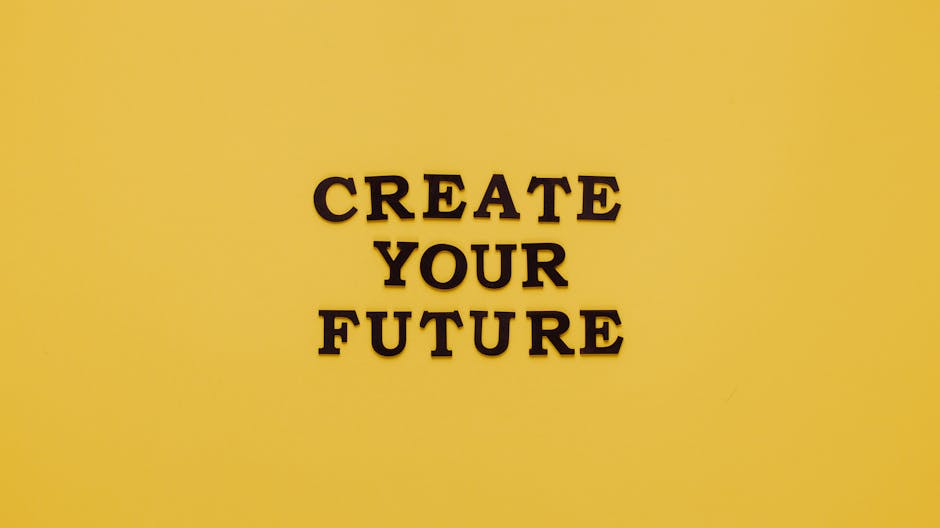Master the Art of Storytelling: Captivating Resumes for 2025
Crafting a captivating resume is more than just listing jobs and skills—it's about telling your unique story in a way that resonates with potential employers. In 2025, as the job market continues to evolve with new technologies and expectations, the need for a narrative-driven resume becomes essential. How do you not just list your qualifications but narrate your career journey in a way that stands out?
The truth is, weaving your personal and professional experiences into a compelling storyline can set you apart in a highly competitive landscape. Moreover, with the rise of AI in recruitment processes, the human touch in resumes will remain a game-changer. Spanning over 2500 words, let's delve into the essential elements of storytelling in resumes and discover how you can craft a narrative that captivates employers.
Why Storytelling Matters in Your Resume

Most job seekers underestimate the power of engaging storytelling in their resume. Traditional resumes drown in industry jargon and bullet points, making it difficult for hiring managers to see the candidate behind the paper. On the other hand, storytelling transforms a mundane document into a vivid account of your career journey. A well-crafted narrative allows your personality and passion to shine, establishing an emotional connection with the reader.
Think of it this way: when a hiring manager reads your resume, they should be able to visualize your journey and how it adds value to their organization. By sharing pivotal moments that define your career—as well as the lessons learned along the way—you elevate your applicant profile beyond the standard qualifications.
Emotional Connection and Storytelling

An essential part of storytelling involves emotion. In a job market where technical skills can be matched closely among candidates, what often differentiates one person from another is their emotional intelligence and soft skills. Stories that illustrate your resilience, adaptability, or teamwork can paint a clearer picture of who you are as an employee.
Research, such as a study published by the Harvard Business Review, indicates that stories can evoke empathy and connection. This framework is what employers look for as they assess candidates—they want to see beyond the technical skills and understand what drives you.
Building Your Narrative: Frameworks to Consider

Once you've grasped the significance of storytelling, the next step is to construct a narrative that aligns with your career goals. Here are several frameworks that you might consider:
The STAR Method

The STAR method (Situation, Task, Action, Result) is an excellent structure for crafting a compelling narrative. When detailing your experiences: - Situation: Describe the context or challenge you faced. - Task: Explain what your specific role was in addressing that situation. - Action: Share the steps you took to resolve the issue. - Result: Conclude with the outcome and any recognition you received.
By using the STAR method, you provide a clear structure that highlights your problem-solving capabilities, making your story memorable and impactful.
The Hero’s Journey

Another powerful storytelling framework is the Hero’s Journey, which involves several stages: Call to Adventure, Trials, Transformation, Revelation, and Return. While traditionally employed in literature, it can be adapted to professional narratives.
Your resume could tell the story of how you overcame significant obstacles in your career, showcasing growth and resilience. Illustrate your challenges and the “quests” you undertook—this approach highlights character and commitment.
Weaving Your Life Experiences

Beyond professional roles and responsibilities, consider integrating personal experiences that shaped your work ethic, values, and skills. For instance, perhaps a volunteer experience transformed your perspective on teamwork, or a personal challenge taught you the importance of resilience. Such narratives can thoroughly humanize your resume.
Tailoring Your Story to Align with Job Requirements

Each job posting has specific requirements, and your narrative should reflect how your journey prepares you for that role. Highlight sections of your narrative that align with the skills and experiences sought by employers. By explicitly connecting your story to the job requirements, you create a sense of relevance and urgency that can propel your application forward.
Voice and Tone: Infusing Personality in Your Resume

A common pitfall in resume writing is adopting an overly formal tone. Employers want to get a sense of your personality, so it’s crucial to infuse your resume with an authentic voice. This can be done through:
- Writing Style: Use a conversational tone without being too casual. First-person language can work wonders, making your narratives feel more engaging.
- Descriptive Language: Employ vivid descriptions and emotions that convey your passion and enthusiasm for your career.
- Unique Quirks: Don’t hesitate to include anecdotes or interesting facts that reflect your individuality.
Remember, your resume is not just a transactional document; it’s a chance to express who you are as a person, and it should cater to the modern reader's appetite for relatable content.
The Power of Visuals and Storyboarding

While the focus here is on narrative, consider the impact of layout and design on your storytelling. A cluttered resume can detract from the story you are trying to tell. Embrace clean design principles to make your story visually appealing:
- Use White Space: This keeps the reader engaged without overwhelming them.
- Highlight Key Achievements: Use bold text or colors to emphasize essential parts of your story.
You might also consider exploring visual resumes, which can creatively showcase your narrative. This approach might employ infographics or simple charts to depict your skills and achievements, thereby appealing to a broader range of employers who might prefer a unique format (learn more here).
Final Touches: Keywords and Readability

Even with a captivating story, your resume needs to be discoverable. Many organizations use applicant tracking systems (ATS) that scan resumes for specific keywords. Here’s how to maintain a balance between storytelling and optimization:
- Research Job Descriptions: Identify keywords in the job postings you are targeting. Incorporate these naturally into your narrative.
- Maintain Readability: Break up longer paragraphs and use bullet points where appropriate. Use succinct language to describe measurable achievements and outcomes.
The integration of storytelling with keyword strategies ensures that your resume will both captivate a human reader and navigate technological roadblocks.
Navigating the Future Landscape

As we step further into 2025, being competitive requires more than just an impressive resume—it demands adaptability and a keen understanding of trends. As AI continues to play a substantial role in recruitment, the ability to articulate your narrative will only grow in importance. Leveraging a storytelling framework gives you an edge; it makes you memorable in interviews and stands out in a sea of qualifications.
For additional insights on how to tailor your resume for success with the evolving job market, check out related articles like this guide.
Final Thoughts
Crafting a resume that tells your story is not just a modern trend; it’s a revolutionary way to articulate your journey through the professional landscape. By employing narrative techniques, incorporating your unique voice, and remaining conscious of visual appeal, you give yourself the best chance to resonate with employers. Whether you're navigating a career transition or stepping onto the job market for the first time, remember: your story is powerful. Harness it, and let it shine through your resume.
Next Steps
- Reflect: Take time to outline the key chapters in your career. What moments define you?
- Draft: Start crafting your resume using storytelling frameworks discussed in this article.
- Review: Seek feedback on how engaging your narrative is and if it’s lining up with your desired job roles.
- Optimize: Integrate keywords based on industry standards for discoverability.
- Deploy: Begin applying, and don’t forget to prepare for interviews by rehearsing your narrative!
Harness the art of storytelling, and watch as your resume transforms from a simple job application into a document that speaks volumes about you as a candidate.




